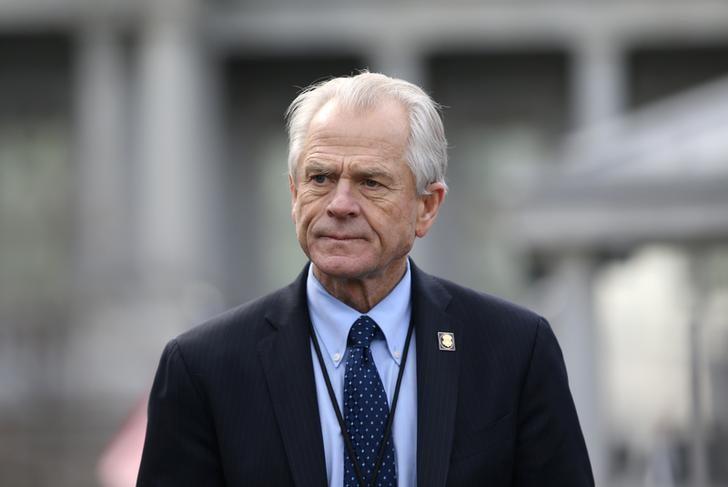Nearly one-third of small businesses in New York and New Jersey have remained closed since January, according to a Harvard-run database that tracks the economic impact of the pandemic.
At the height of the pandemic-related lockdowns in April, more than 50 percent of small businesses in the Empire State shut their doors, the data shows. And while a significant portion reopened in the several months that followed, that rebound flatlined around summertime, hovering around the 27 percent mark until now.
New Jersey’s small business activity followed much the same dynamic.
Reopening rates vary significantly. On the low end, nearly half of small businesses in Washington, D.C., remain closed compared to January; 40.8 percent in Alaska; and 38.7 percent in New Mexico.
Some states have fared relatively better, with 20.5 percent of small businesses in both Nebraska and North Carolina remaining closed; 21.1 percent in Utah; and 21.6 percent in Tennessee.
Commenting on the stark figures in New Jersey, Eileen Kean, state director of the National Federation of Independent Businesses, told the Star-Ledger that without federal relief, many small businesses are unlikely to survive the winter.
“It’s really bad. ... And without federal dollars coming into New Jersey, the Main Street stores and other establishments are not going to make it through the winter,” she told the outlet.
“What I’m worried about is millions of Americans out there who are at risk from falling into this chasm where they don’t have sufficient support, and this is why a Phase 4 program on a bipartisan level is so important,” Navarro said, referring to a relief package.

“I understand that there’s a lot of arguing going on, but at a minimum, what we have to do is hit three points of the compass,” he said. “We’ve got to help small businesses with a top-up of the PPP program; that was very, very successful,” he said, referring to the Paycheck Protection Program that provides forgivable loans designed to provide a direct incentive for small businesses to keep workers on the payroll.
“We can do another round of stimulus for families,” he said, “and in many ways most importantly, we have to extend the pandemic emergency unemployment compensation relief,” which is set to expire at the end of December.
Talks on another stimulus bill remain stalled, with House Democrats holding fast to their demands for a broader relief package worth around $3 trillion, and Senate Republicans insisting on more targeted measures of around $1 trillion.
The resurgent virus has prompted officials in more than a dozen states to tighten curbs on businesses to try to slow infections, including issuing mask mandates, limiting the size of gatherings, restricting restaurant dining, and reducing the hours and capacity of bars and stores.





